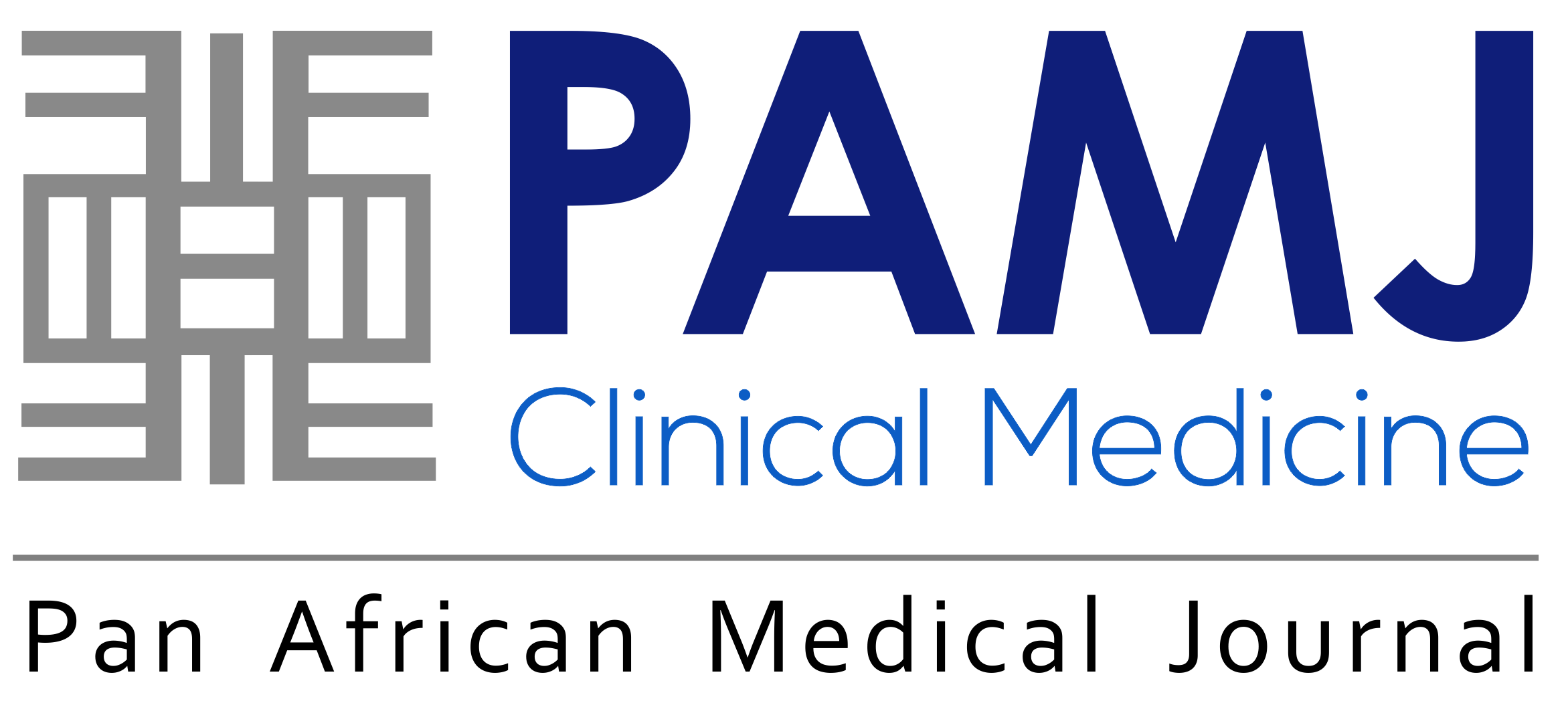Forearm compartment syndrome with gangrenous fingers following a snake bite
Alphonce Nsabi Simbila, Zawadi Edward Kalezi
PAMJ-CM. 2021; 7:6. Published 22 Oct 2021 | doi:10.11604/pamj-cm.2021.7.6.31651

Corresponding author
Alphonce Nsabi Simbila, Department of Emergency Medicine, Muhimbili National Hospital, Dar es Salaam, Tanzania (alphoncesimbila@gmail.com)
This image
| Articles published in PAMJ-CM are Open Access and distributed under the terms of the Creative Commons Attribution 4.0 International (CC BY 4.0). |  |

eISSN: 2707-2797
The PAMJ Clinical Medicine (ISSN: 2707-2797) is a subsidiary of the Pan African Medical Journal. The contents of this journal is intended exclusively for professionals in the medical, paramedical and public health and other health sectors.
Currently tracked by: DOAJ, AIM, Google Scholar, AJOL, EBSCO, Scopus, Embase, IC, HINARI, Global Health, PubMed Central, PubMed/Medline, ESCI
Physical address: Kenya: 3rd Floor, Park Suite Building, Parkland Road, Nairobi. PoBox 38583-00100, tel: +254 (0)20-520-4356 | Cameroon: Immeuble TechnoPark Essos, Yaounde, PoBox: 10020 Yaounde, tel: +237 (0)24-309-5880





